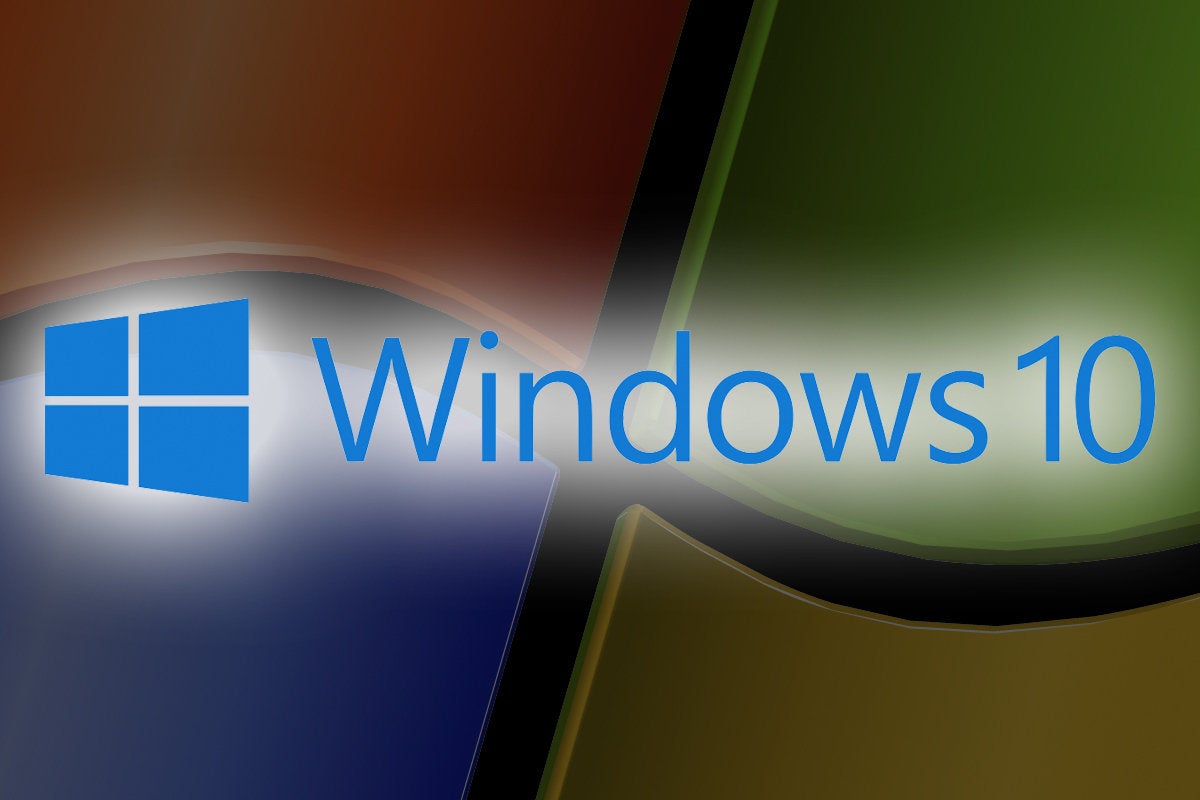


Of course, Microsoft’s “new” approach to Windows 10 just made it more like the competition. Obviously, Windows 11 was not released in 2018, so we were spared the whole circus that accompanied the launch of Windows 95, XP, Vista and the rest. Historically, by this stage, I should have written a half a dozen Ask Jack answers about moving to Windows 11. There is less disruption, and eventually, everybody will be using the same up-to-date, most secure and best version of Windows.

Instead of one huge upgrade every three years, you get smaller updates every six months, spring and autumn, and they are all free. With Windows 10, Microsoft solved all of these problems by moving to a system of continuous development. This also held back third-party software, because programmers couldn’t use new features. The result was that hundreds of millions of Windows users were stuck using less functional, less secure versions of Windows that were up to 10 years out of date.

People skipped versions to save money and avoid the disruption, though this could make the next upgrade even harder. Programs had to be tested for compatibility, and sometimes, staff needed retraining. It could take them 18 months to plan a migration and another 18 months to roll it out. It was even worse for companies with tens of thousands of PCs. Previously, Microsoft delivered “big bang” Windows upgrades every three years or so, and these created disruptions of the sort you are facing now. That’s true for every operating system in the fast-moving consumer world. Software updates are inevitable, because the world changes, new hardware technologies are developed, new features are needed to cater for new circumstances, and new threats need new defences. Microsoft has a lot of sympathy for your point of view. I’ve been using home computers since the late 1980s but have never felt so cornered and dictated to. The fact that people chose to remain with Windows 7 rather than take the free upgrade to Windows 10 surely tells Microsoft that this forced upgrade is a step too far. Apart from the integrity or otherwise of this approach, I don’t think Microsoft has really thought this through, especially in relation to those who simply cannot afford the £120 upgrade even if their current machine is suitable. Microsoft has just started its bombardment about the end of Windows 7 and upgrading to Windows 10, suggesting that a new device is advisable and including links to its preferred dealers.


 0 kommentar(er)
0 kommentar(er)
